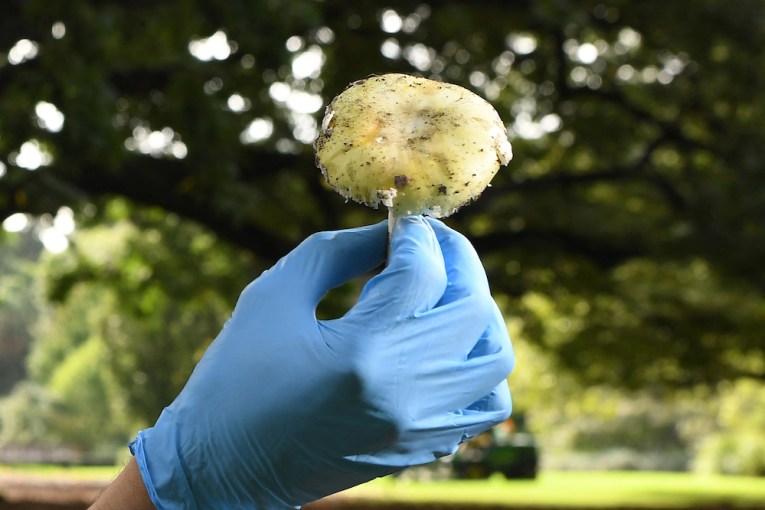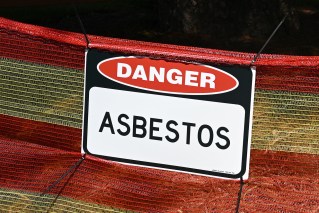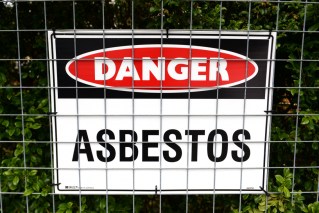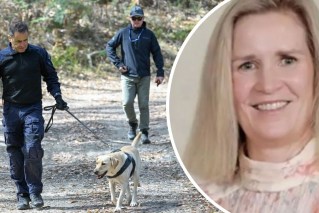Vital habitat logged after Victorian bushfires
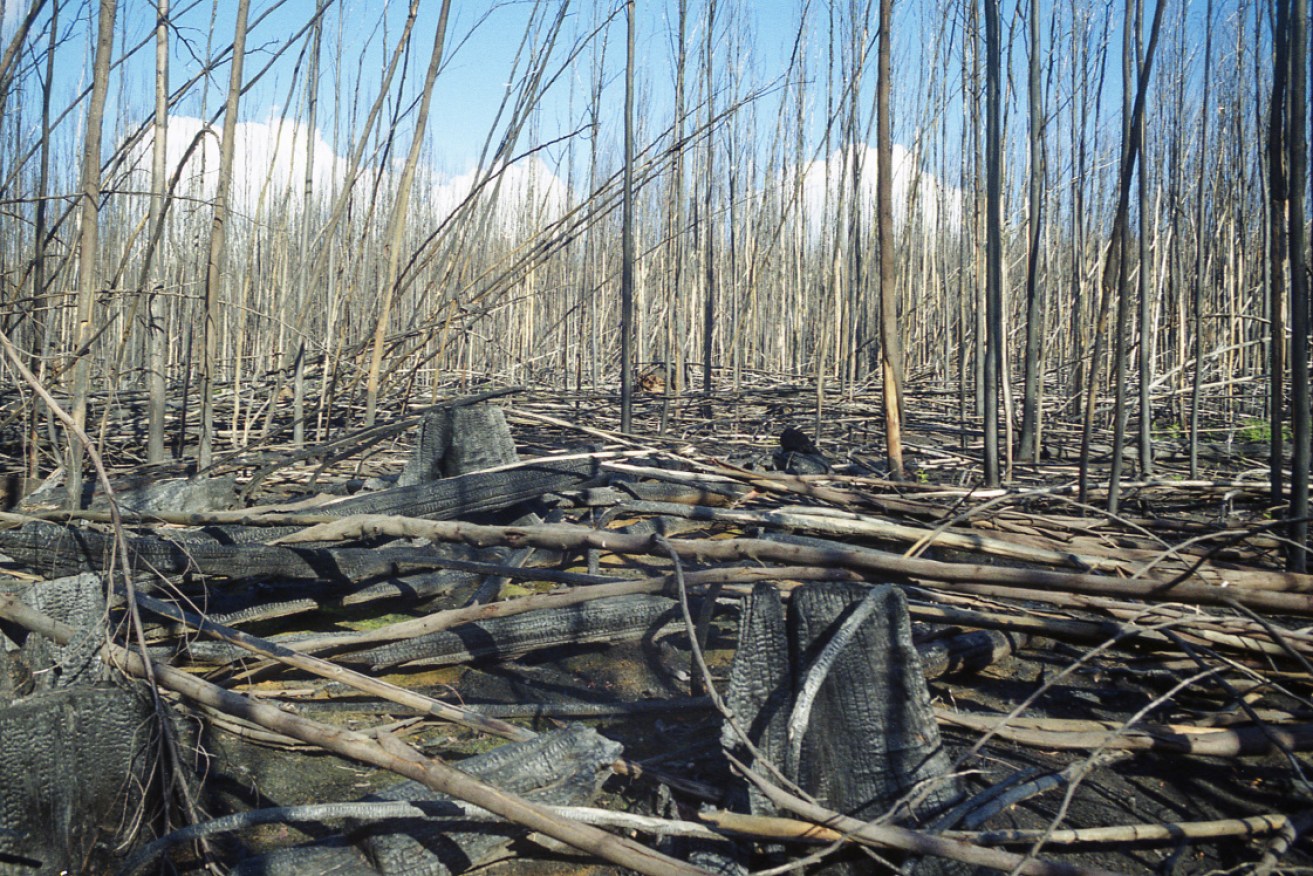
VicForests is accused of harvesting trees needed for the powerful owl and other threatened species. Photo: Bushfire Science Project
Victoria’s logging agency has been accused of destroying unburnt habitat crucial for threatened species that were hit by the Black Summer bushfires.
A community group is pursuing VicForests in the Supreme Court, alleging the state-owned logger shirked mandatory responsibilities to safeguard habitat that didn’t burn in 2019/20.
The result robbed four threatened species – the great glider, the powerful owl, the sooty owl and the smoky mouse — of healthy habitat in which to take refuge after the disaster, lawyers for the Wildlife of the Central Highlands have told the court.
Richard Knowles QC said about a billion animals perished in the horrific summer blazes and the scale of habitat loss meant it was crucial to protect and properly manage what was left.
He said the Victorian and federal governments responded by developing emergency responses to minimise risks for threatened species affected by the fires.
Yet VicForests continued “without sufficient regard to those responses” to harvest forest coupes known or likely to contain threatened species or their habitat.
Mr Knowles said the logger consistently failed to meet its obligations under the code of practice for timber production, including to take a precautionary approach to threatened species.
“VicForests has failed to apply timber harvesting prescriptions that avoid serious or irreversible damage to the relevant species, and are proportionate to the threat posed,” he said.
The court was told the fires destroyed mature, hollow trees essential for shelter and nesting, and that loss was compounded by subsequent logging in unburnt areas.
Mr Knowles said the impact on the greater glider population, for example, was not yet fully known but preliminary estimates offered by the federal government indicated a population plunge of 22 per cent in the year after the fires.
“Greater glider populations surviving in state forests are of increased importance for the conservation of the species, that species being extremely vulnerable and … recognised by state and commonwealth governments as being on a path to extinction.”
In the case of Australia’s largest owl, the powerful owl, the effects of the bushfires were threefold: the death of individuals, the loss of habitat and fewer greater gliders, the owl’s main food source.
“The health of the powerful owl population is interconnected with that of the greater glider. We say that amplifies the importance of hollow-bearing trees for powerful owls. Both they and their prey depend upon that particular habitat.”
Monday’s hearing also shone a light on how out of date some Victorian government action statements are for vulnerable species.
Mr Knowles said the action statement for the sooty owl was dated, having been prepared in 2013. Even back then the species was said to be in the grip of a significant population decline due to native forest losses.
“The action statement for the powerful owl was prepared in 1999 and hasn’t been updated since,” he said, noting an expert had advised a review of the document was 17 years overdue.
“Put simply, as with the sooty owl, there is a need to better understand the potential impact of timber harvesting … and adopt a precautionary approach in the wake of the bushfires.”
The hearing, before Justice Andrew Keogh, will resume on Tuesday.
– AAP
